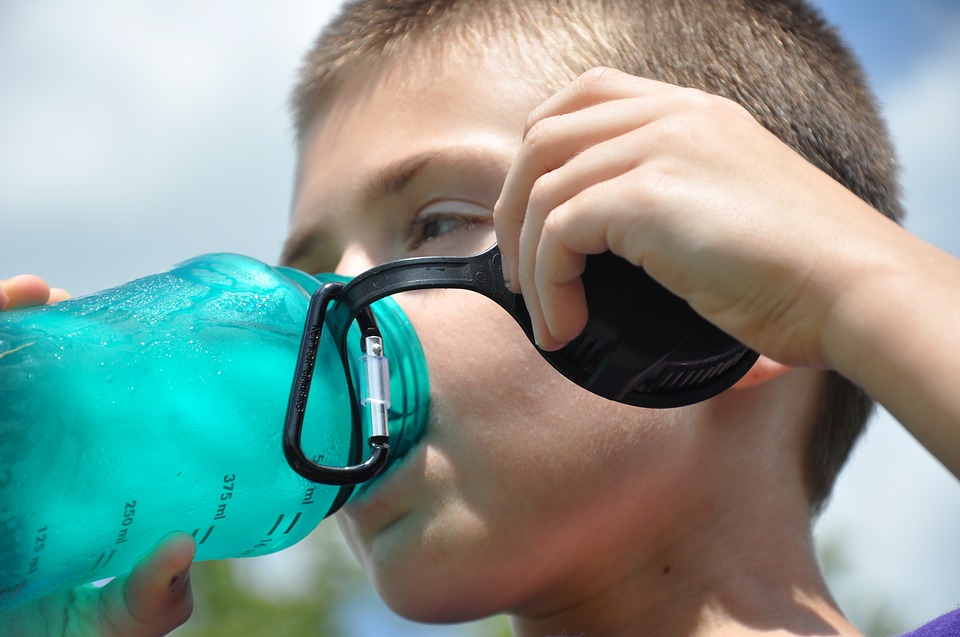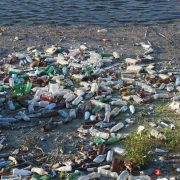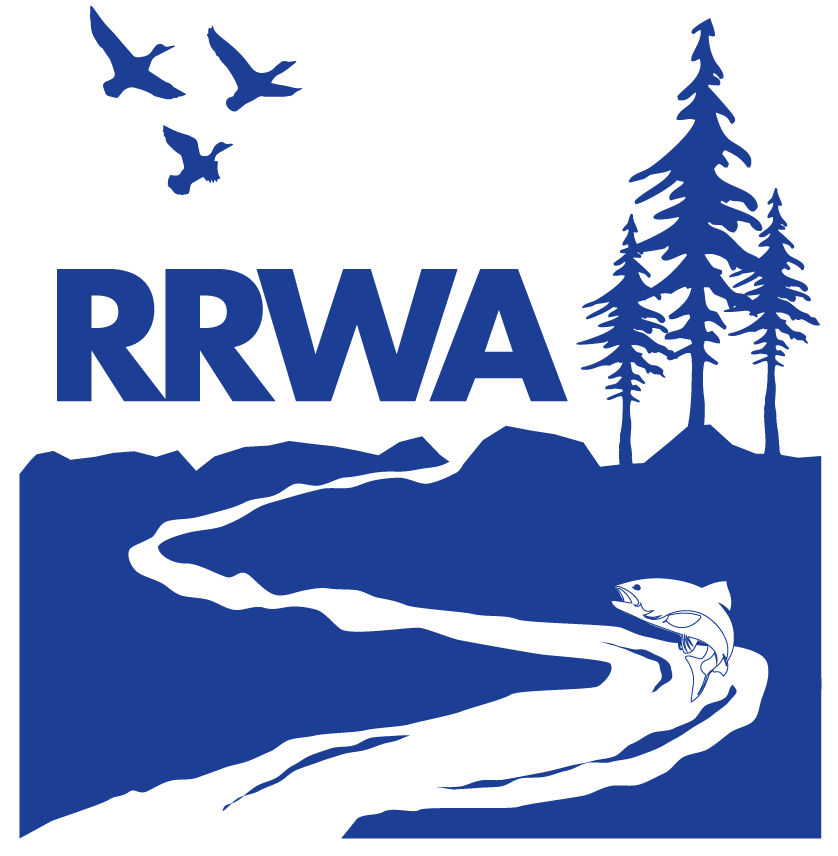(Water) Bottle Shock
More than eighty-five million bottles of water are consumed every day in the United States. What happens to those single-use, non-biodegradable, plastic bottles? The sad truth is, despite being recyclable, most of them end up in our trash, landfills and waterways. A recent trash survey for Windsor Creek removed thirty-four plastic bottles in a single 100-foot length of stream!
There is no doubt that the growing trend among Americans towards increased water consumption, relative to other beverages like soft drinks, is a good thing. However, consumer research has revealed a growing preference for bottled water over tap water.
The reality is, tap water is just as safe, much less expensive, and the more environmentally sustainable choice to hydrate our bodies. Next time you are getting thirsty, consider the following facts:
There is no guarantee that bottled water is safer than tap water
- Tap water and bottled water are both regulated by the federal government. EPA regulates tap water, while FDA regulates bottled water. The list of monitored contaminants and acceptable levels are very similar.
- The EPA requires that community water systems (suppliers of most tap water) provide Consumer Confidence Reports, which describe their water quality in detail and are publicly available to all consumers. The FDA does not require this of bottled water manufacturers.
Bottled water is FAR more expensive than tap water
- If you buy bottled water for drinking all year, you’d pay about $1,400. That same volume of drinking water from your tap is only about $0.50.
- Bottled water costs between 450 and 10,000 times the cost of tap water, depending on the brand and quantity of purchase.
- A little-known secret: Up to 40 percent of bottled water comes from a public water supply! In some cases, additional purification is not used. Read the label of your water bottle, if it says it is from a community water system, it is tap water in everything but name and packaging.
Bottled water use is harmful to the environment
- The plastic material used to store bottled water (PET or Polyethylene Terephthalate) is non-biodegradable, and even though it is recyclable, as much as 85 percent of these bottles end up in the trash.
- For every pound of PET made, 3 pounds of atmospheric CO2 is generated.
- It takes as much as 3 gallons of water to produce 1-gallon of bottled water.
- The equivalent of more than 17 million barrels of oil is required for water bottle production in the US, annually.
So what can I do? Use a refillable water bottle!
Buy your own refillable bottle, fill it with tap water, and carry it with you. Then reuse the bottle. Make sure that any bottles you purchase are stainless steel or sturdy, BPA-free plastic, and that you are following the manufacturer’s instructions regarding storage temperature, and mode of cleaning.
If you don’t like the flavor of your tap water, or want to add another layer of filtration to it, opt for a pitcher-mounted or centralized filtration system. These can cost as little as $30. Adding final filtration to your tap water can improve flavor, add additional protection, and is still far cheaper than bottled water.
With the economical and sustainable lifestyle choice of reducing our bottled water consumption, we can collectively have an enormous impact on the amount of pollution entering our landfills and waterways, without compromising our confidence in the safety of what we consume
References:
- https://www.ncbi.nlm.nih.gov/pmc/articles/PMC3084479
- https://www.ncbi.nlm.nih.gov/pmc/articles/PMC3084479/pdf/ijerph-08-00565.pdf
- https://www.theatlantic.com/health/archive/2013/03/how-much-water-do-people-drink/273936/
- http://www.moneycrashers.com/bottled-water-vs-tap-water-facts/
- http://www.bottledwater.org/bottled-water-sales-and-consumption-projected-increase-2014-expected-be-number-one-packaged-drink
- http://www.awrusa.com/files/TapVsBottle012609.pdf
- http://pacinst.org/publication/bottled-water-and-energy-a-fact-sheet/
- https://www.epa.gov/sites/production/files/2015-11/documents/2005_09_14_faq_fs_healthseries_bottledwater.pdf




